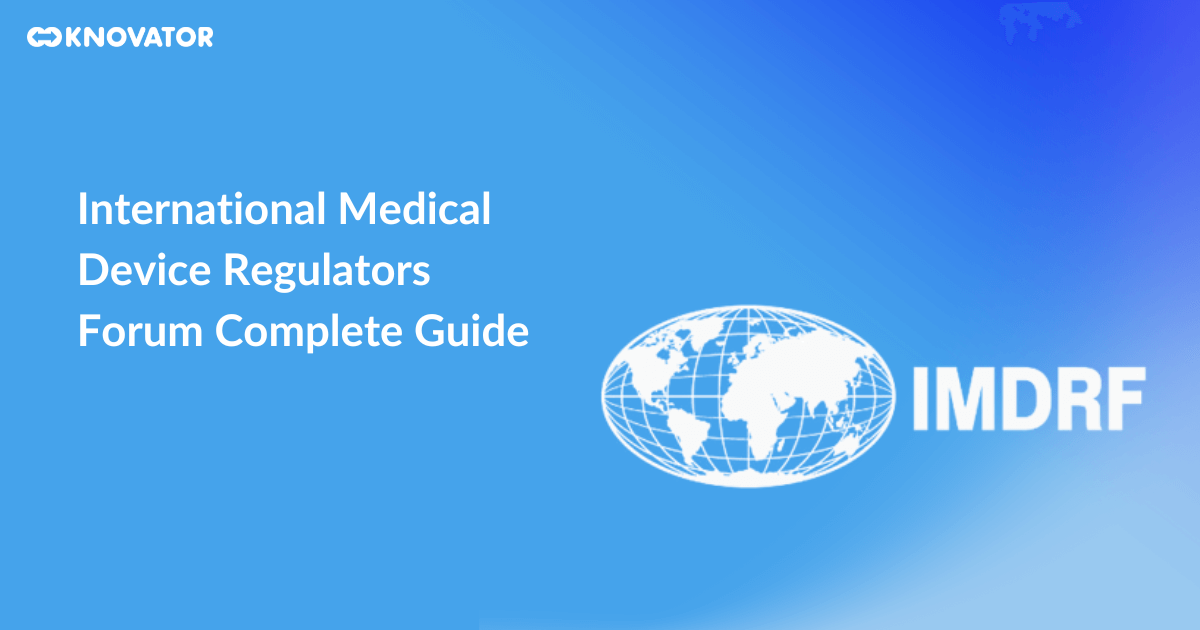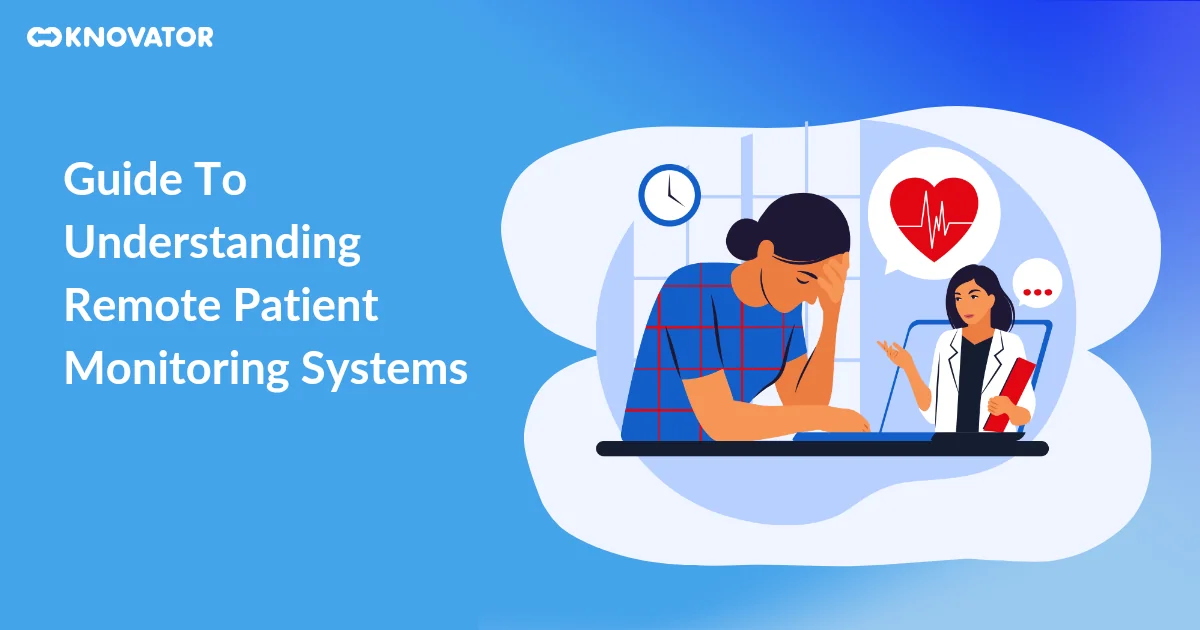Welcome to the world of the International Medical Device Regulators Forum (IMDRF), a global platform that’s shaping the future of medical device regulations. The IMDRF, or as some call it, the “imd rf,” is a voluntary group of medical device regulators from all over the world who have united to speed up international medical device regulatory harmonization and convergence.
The primary purpose of the IMDRF is to create an efficient and effective regulatory model for medical devices. This model is designed to be responsive to emerging challenges in the sector while protecting and maximizing public health and safety. The IMDRF aims to achieve this by defining, implementing, and evaluating strategic priorities to meet objectives efficiently and effectively.
History of IMDRF
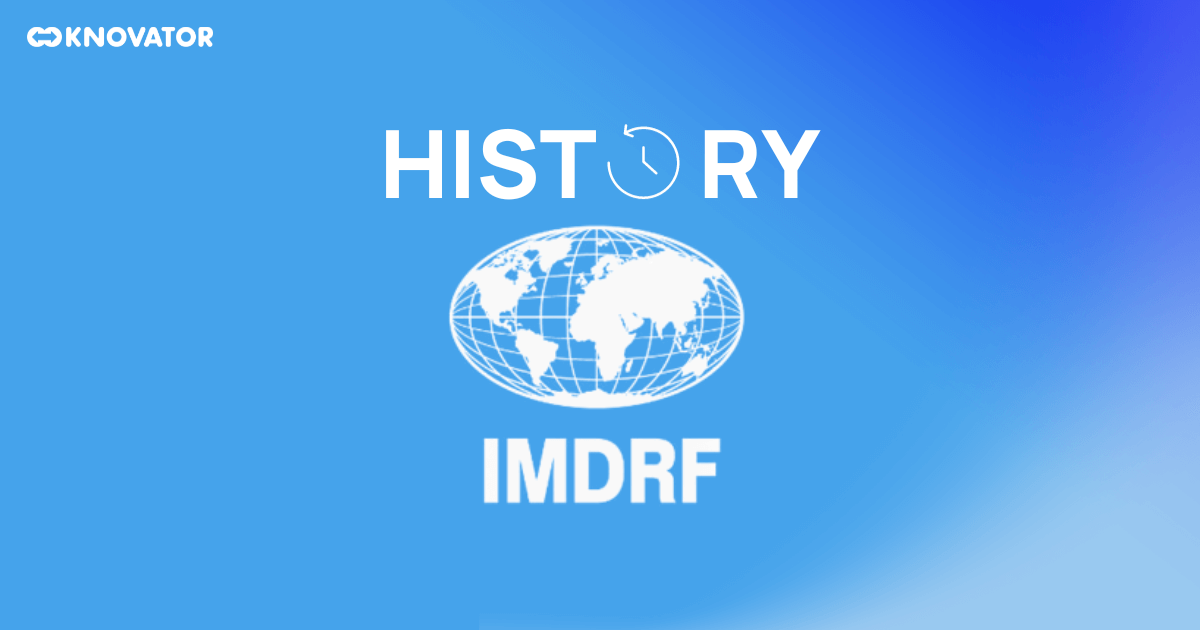 The International Medical Device Regulators Forum (IMDRF) was established in 2012, but its roots trace back to the Global Harmonization Task Force (GHTF), formed in 1992. The GHTF was a voluntary group of individuals from national medical device regulatory authorities & the regulated industry. Its primary goal was to encourage convergence in regulatory practices connected to medical devices’ safety, performance, and quality.
The International Medical Device Regulators Forum (IMDRF) was established in 2012, but its roots trace back to the Global Harmonization Task Force (GHTF), formed in 1992. The GHTF was a voluntary group of individuals from national medical device regulatory authorities & the regulated industry. Its primary goal was to encourage convergence in regulatory practices connected to medical devices’ safety, performance, and quality.
The IMDRF was launched to continue the work of the GHTF and to accelerate international medical device regulatory harmonization and convergence. Since its inception, the IMDRF has aimed at developing a total product lifecycle approach to regulate medical devices. This approach ensures that medical devices are safe and effective throughout their entire lifecycle, from design and manufacturing to use and eventual disposal.
The IMDRF has delivered several significant work products, including the continuation of the GHTF work items, updates to some of the GHTF documents, and new work items focusing on regulatory approaches for rapidly evolving technologies in medical devices. These achievements have played a crucial role in shaping the global medical device regulatory landscape.
Members of IMDRF
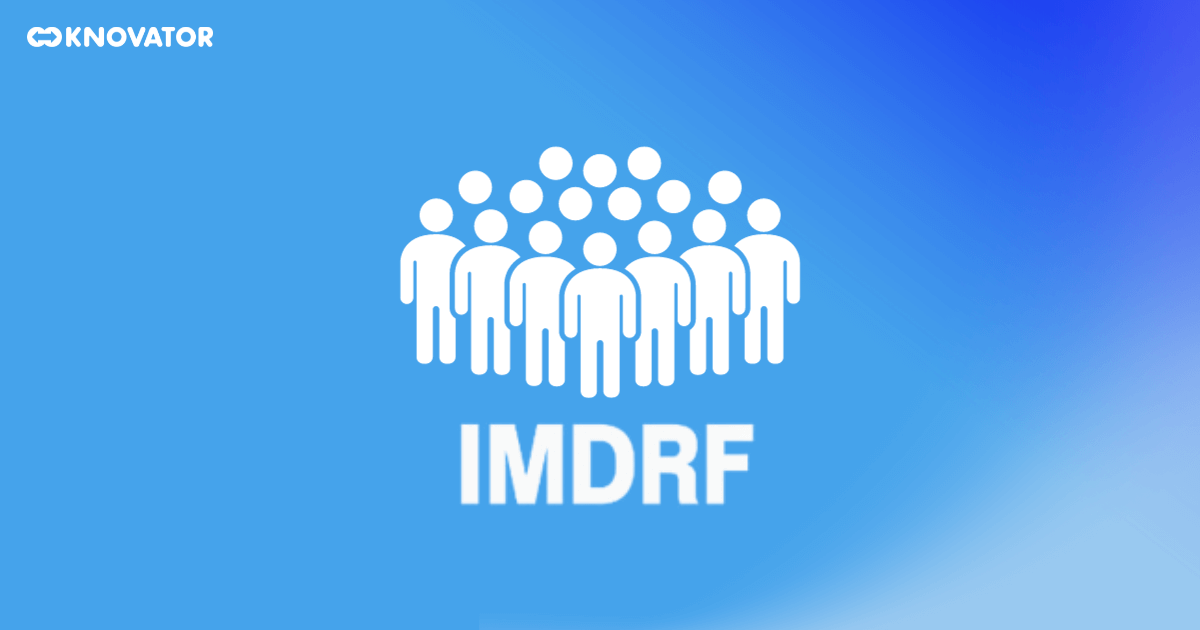 The International Medical Device Regulators Forum (IMDRF) is a global assembly of medical device regulators from various countries and organizations. These members, often called the “idmr membership,” drive the forum’s mission to accelerate international medical device regulatory harmonization and convergence.
The International Medical Device Regulators Forum (IMDRF) is a global assembly of medical device regulators from various countries and organizations. These members, often called the “idmr membership,” drive the forum’s mission to accelerate international medical device regulatory harmonization and convergence.
The member countries of the IMDRF include the United States, European Union, Canada, Australia, Japan, China, Brazil, Russia, and Singapore. These countries are represented by their respective regulatory authorities, such as the Food and Drug Administration (FDA) in the United States, the European Medicines Agency (EMA) in the European Union, and the Therapeutic Goods Administration (TGA) in Australia, among others.
Each member country plays a crucial role in shaping the global medical device regulatory landscape. They participate actively in the development of guidance documents, which are designed to promote regulatory harmonization and convergence. These documents cover several topics, from software as a medical device (SaMD) to medical device cybersecurity, and provide a framework for regulatory practices worldwide.
In addition to developing guidance documents, IMDRF members are also responsible for implementing the forum’s principles in their respective jurisdictions. This involves adapting their regulatory practices to align with the recommendations of the IMDRF, thereby promoting consistency in medical device regulations across different countries.
Members also contribute to the continuous improvement of the forum’s activities. They provide feedback and insights based on their experiences implementing IMDRF principles, helping refine the forum’s strategies and approaches. This collaborative effort ensures that the IMDRF remains responsive to the evolving needs and challenges of the medical device industry.
IMDRF Working Groups
 The IMDRF has several working groups, each focusing on a specific area of medical device regulation. These groups include the Software as a Medical Device (SaMD) working group, the Personalized Medical Devices working group, and the Medical Device Cybersecurity working group.
The IMDRF has several working groups, each focusing on a specific area of medical device regulation. These groups include the Software as a Medical Device (SaMD) working group, the Personalized Medical Devices working group, and the Medical Device Cybersecurity working group.
Each working group is tasked with developing guidance documents that promote international regulatory convergence. For instance, the SaMD working group has developed guidance on the appropriate regulatory controls for SaMDs. Many countries have adopted or aligned this guidance, promoting international regulatory convergence.
The working groups also play a crucial role in addressing emerging challenges in medical device regulation. For example, the Medical Device Cybersecurity working group is working on principles and practices to ensure the security of medical devices in the face of increasing cyber threats.
Impact of IMDRF on the Medical Device Industry
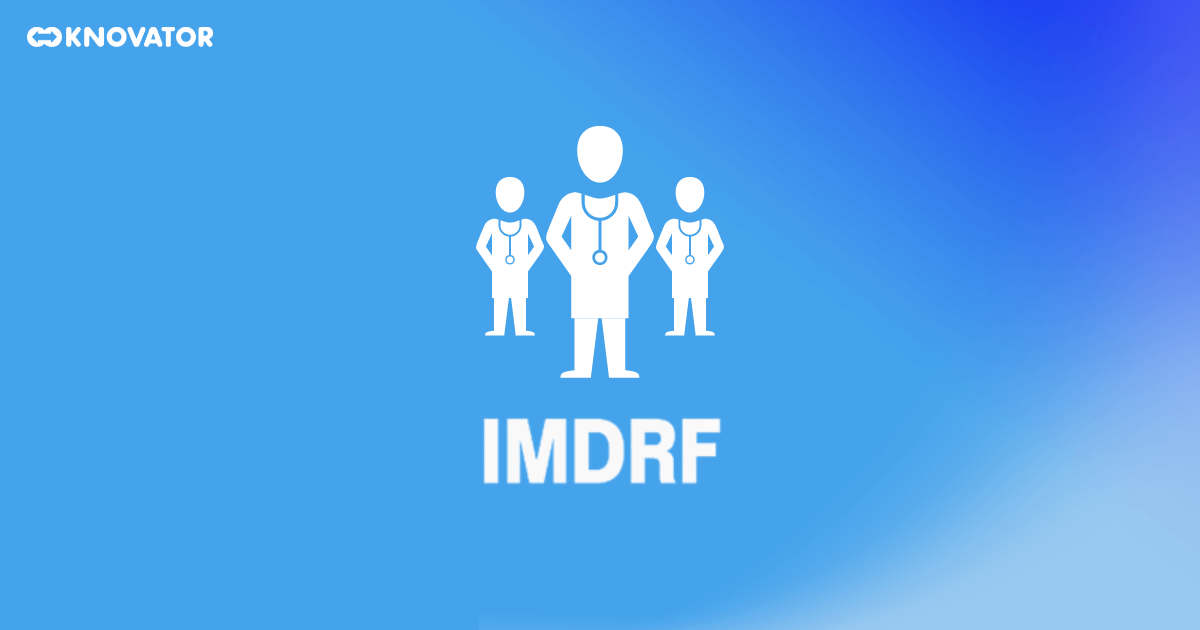 The International Medical Device Regulators Forum (IMDRF) has a massive effect on the medical device industry. By promoting regulatory harmonization and convergence, the IMDRF helps standardize medical device regulations, making it easier for manufacturers to understand and comply with regulatory requirements across different countries.
The International Medical Device Regulators Forum (IMDRF) has a massive effect on the medical device industry. By promoting regulatory harmonization and convergence, the IMDRF helps standardize medical device regulations, making it easier for manufacturers to understand and comply with regulatory requirements across different countries.
For manufacturers, the IMDRF’s work reduces the complexity of navigating the global regulatory landscape. Instead of complying with various regulations in each country, manufacturers can follow harmonized guidelines, lowering barriers to market entry and facilitating the global distribution of their products. This is particularly beneficial for manufacturers of innovative technologies like software as a medical device (SaMD), who often face rapidly evolving regulatory requirements.
The impact of the IMDRF extends beyond manufacturers to healthcare providers as well. By ensuring that medical devices meet certain safety and effectiveness standards, the IMDRF helps healthcare providers trust the devices they use to treat patients. This is particularly important when medical technology advances rapidly and new devices are constantly introduced.
Furthermore, the IMDRF’s work in areas such as post-market surveillance and medical device cybersecurity helps to ensure the ongoing safety and effectiveness of medical devices. This not only protects patients but also helps to maintain public trust in the medical device industry.
Case Studies
The International Medical Device Regulators Forum (IMDRF) has significantly influenced the global medical device regulatory landscape. Many countries have adopted its guidance documents, shaping how medical devices are regulated. Let’s delve into some case studies that highlight the IMDRF’s influence.
Software as a Medical Device (SaMD)
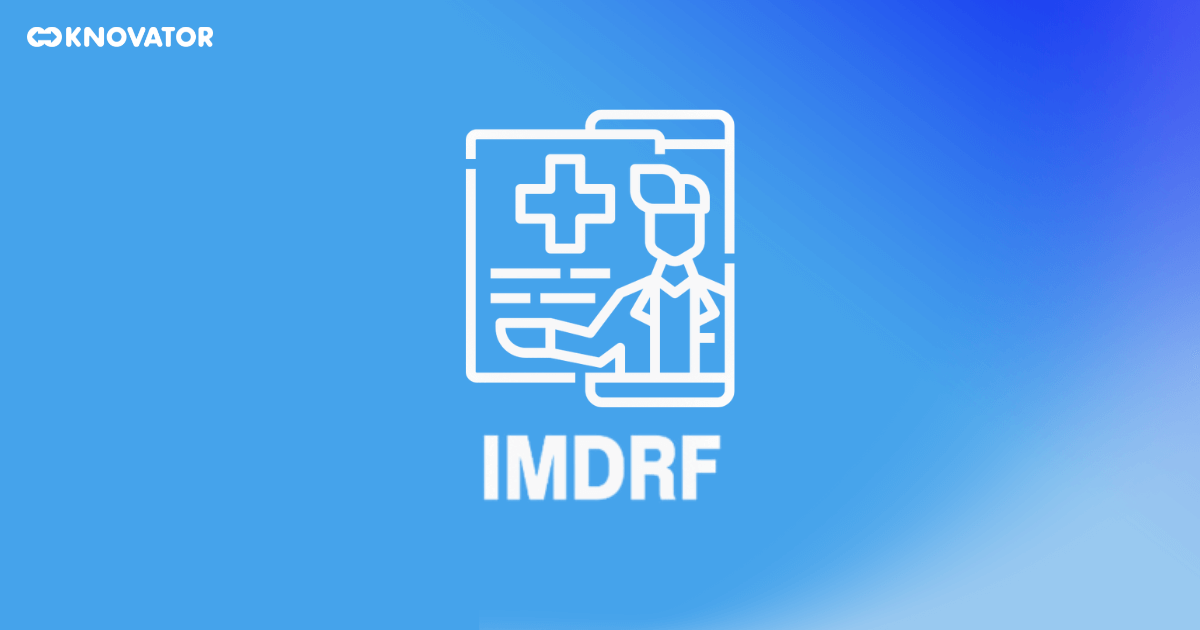 One of the most notable impacts of the IMDRF is in the regulation of Software as a Medical Device (SaMD). Recognizing the growing importance of software in healthcare, the IMDRF developed a series of guidance documents to define SaMD and provide a framework for its regulation.
One of the most notable impacts of the IMDRF is in the regulation of Software as a Medical Device (SaMD). Recognizing the growing importance of software in healthcare, the IMDRF developed a series of guidance documents to define SaMD and provide a framework for its regulation.
The U.S. Food and Drug Administration (FDA) is one regulatory authority that has adopted the IMDRF’s SaMD guidance. The FDA’s regulatory framework for SaMD incorporates the IMDRF’s definitions and concepts, ensuring that software performing medical functions is appropriately regulated to protect patient safety. This has significantly impacted the SaMD industry, providing clarity and consistency in regulatory expectations.
For instance, Pear Therapeutics, a leading provider of prescription digital therapeutics, has benefited from this regulatory clarity. The company’s reSET and reSET-O products, which are software applications intended to treat substance use disorder and opioid use disorder, respectively, were cleared by the FDA as SaMD. The IMDRF’s guidance was crucial in shaping the regulatory pathway for these innovative products.
Medical Device Cybersecurity
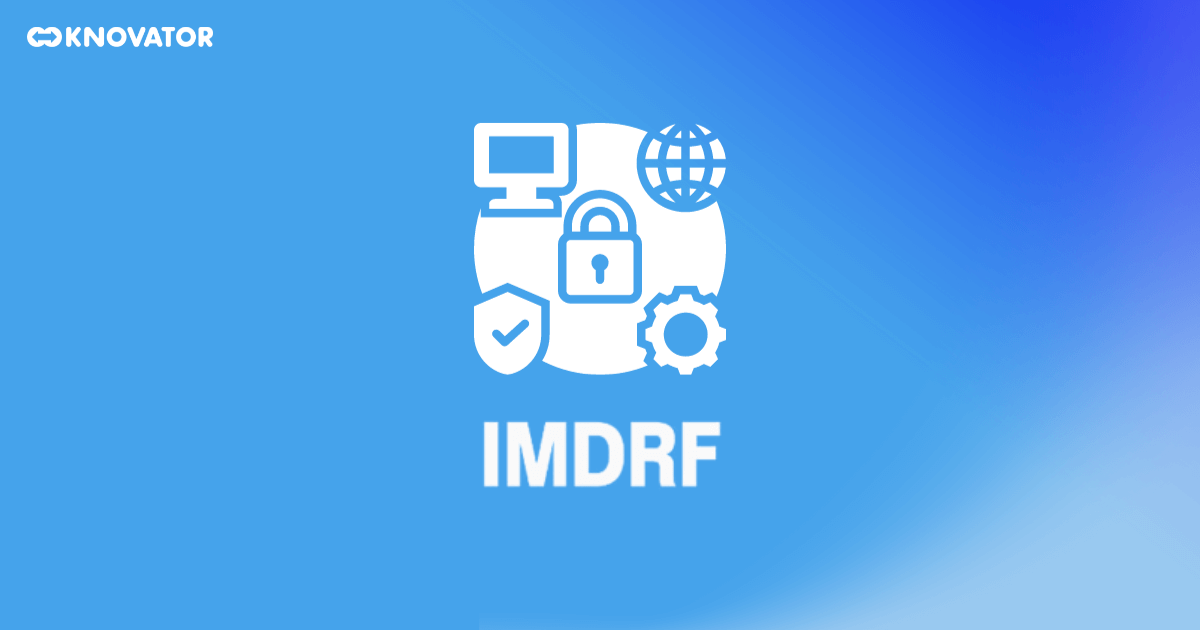 Medical device cybersecurity is another area where the IMDRF has had a significant impact. Cybersecurity has become a critical concern with the increasing connectivity of medical devices. The IMDRF has developed principles and practices for medical device cybersecurity, providing a framework for manufacturers to ensure their devices are secure from cyber threats.
Medical device cybersecurity is another area where the IMDRF has had a significant impact. Cybersecurity has become a critical concern with the increasing connectivity of medical devices. The IMDRF has developed principles and practices for medical device cybersecurity, providing a framework for manufacturers to ensure their devices are secure from cyber threats.
Regulatory authorities around the world have adopted the IMDRF’s cybersecurity guidance. For example, the FDA has incorporated the IMDRF’s principles into its guidance on medical device cybersecurity. This has helped to ensure that medical devices sold in the U.S. are secure from cyber threats, protecting patient safety and maintaining public trust in the medical device industry.
A case in point is the cybersecurity measures implemented by Medtronic, a global leader in medical technology. The company has a comprehensive cybersecurity program for its medical devices, aligning with the IMDRF’s principles. This has helped Medtronic to proactively address cybersecurity risks and ensure the safety and effectiveness of its devices.
Unique Device Identification (UDI)
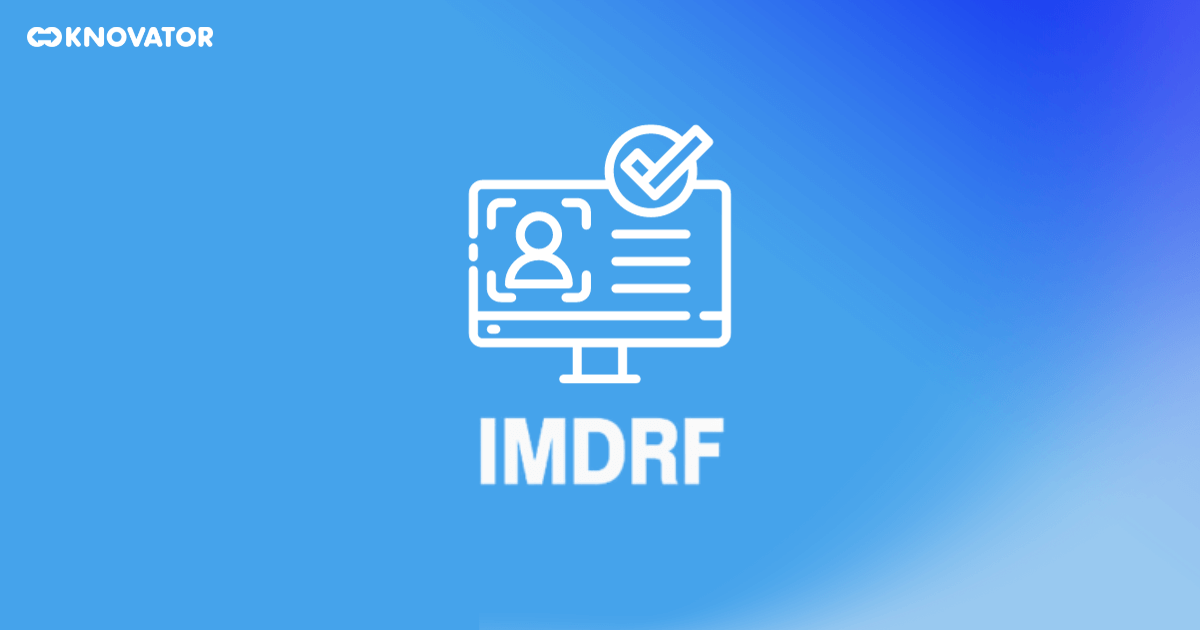 The IMDRF has also influenced implementing Unique Device Identification (UDI) systems. The UDI system, which assigns a unique identifier to each medical device, is crucial for traceability and post-market surveillance. The IMDRF’s UDI guidance provides a harmonized approach to UDI, facilitating its implementation across different countries.
The IMDRF has also influenced implementing Unique Device Identification (UDI) systems. The UDI system, which assigns a unique identifier to each medical device, is crucial for traceability and post-market surveillance. The IMDRF’s UDI guidance provides a harmonized approach to UDI, facilitating its implementation across different countries.
The European Union (EU) is one region that has adopted the IMDRF’s UDI guidance. The EU’s Medical Device Regulation (MDR) and In Vitro Diagnostic Regulation (IVDR) incorporate the IMDRF’s UDI principles, ensuring consistency in device identification across EU member states. This has significantly impacted medical device manufacturers selling products in the EU, as they must now comply with the UDI requirements set out in the MDR and IVDR.
These case studies underscore the IMDRF’s significant influence on the global medical device regulatory landscape. By developing and promoting harmonized guidelines, the IMDRF ensures that medical devices are completely safe and effective, regardless of where they are manufactured or used.

